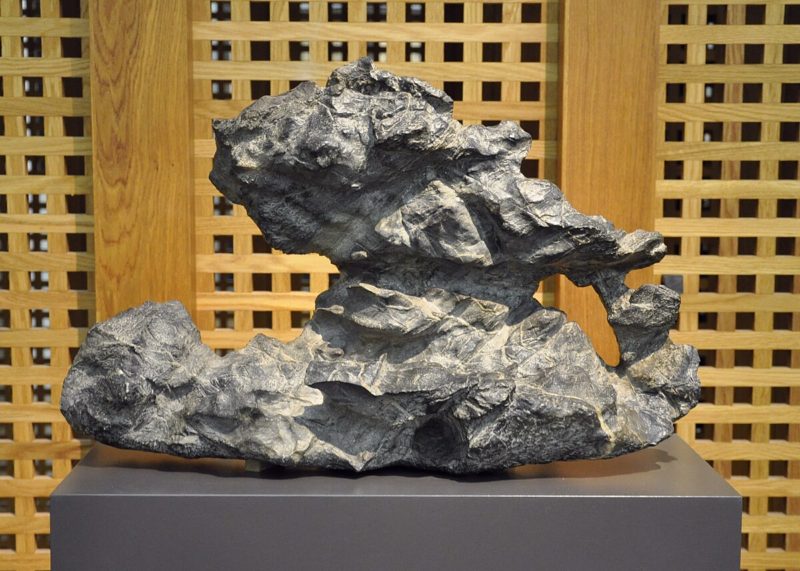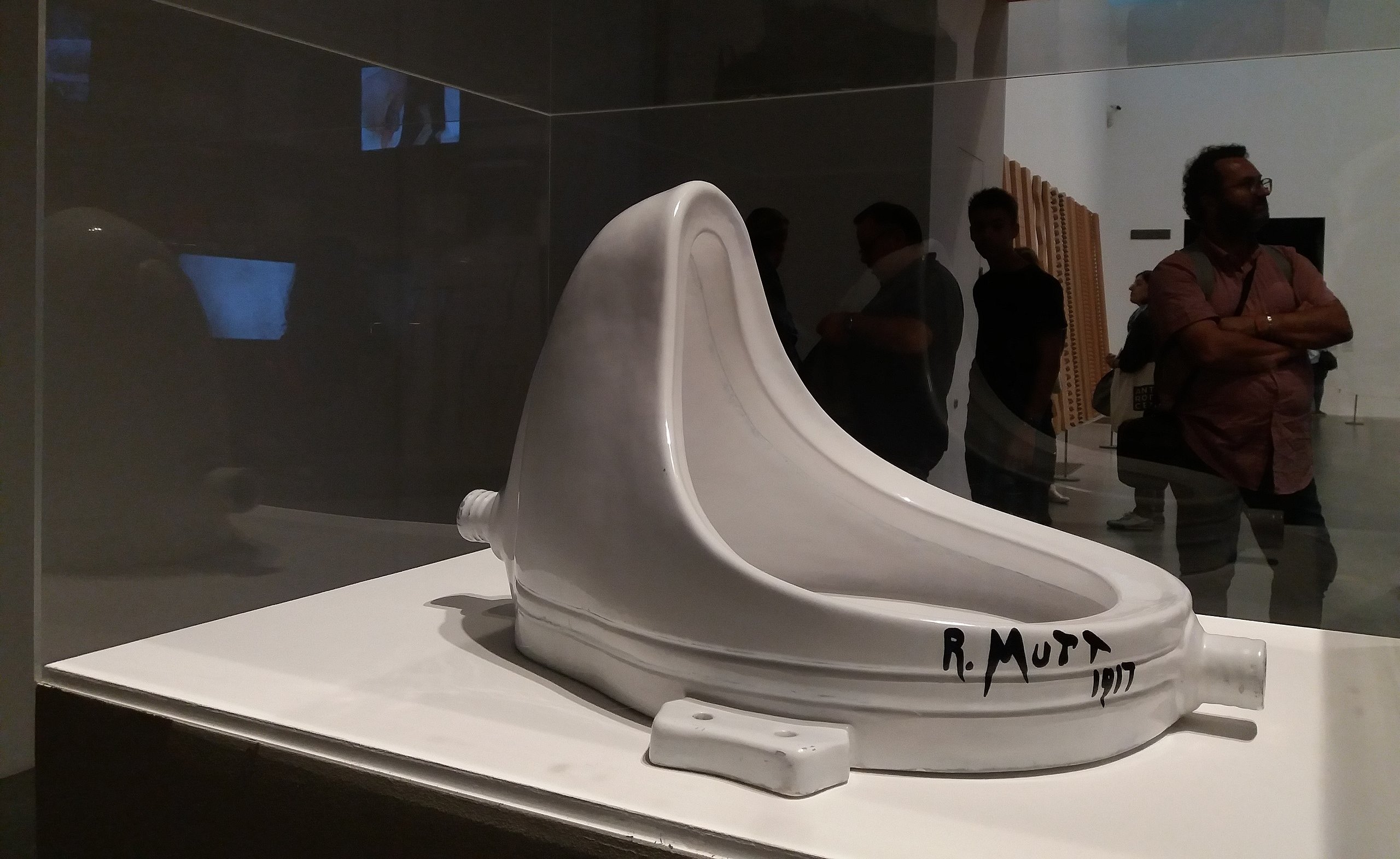What do you see when you look around? Probably your phone or computer from which you are reading this blog post, furniture, a cup of whatever you are currently enjoying, or a book you have been meaning to read — all those regular objects you encounter every day. But what if they could be art? If you are thinking, “What kind of gallery would even let you display it?” you would be surprised. Many artists successfully use regular objects in their art. If you have never heard about found object art before, this article is for you.
Found Object Art: History and Examples of a Revolutionary Art Form
Found art describes something created from regular objects that most people would never think of as an artistic medium. A found object in art is something you found and saw its artistic potential. The object can be modified but ultimately remains what it was before being put on display at an exhibition as a work of art. What matters most is the context of the object and the meaning the artist gave it.
Art historians believe that one of the first examples of found art is Chinese “scholar’s rocks.” They were regular stones found in nature, which were slightly modified and then displayed for viewing pleasure. This was long before people started using the words “message” or “idea” to describe artwork. Not only did these rocks serve aesthetic purposes, but they were also often regarded as pinnacles of nature’s greatness and even depicted in paintings.

Marcel Duchamp was one of the first artists to use a practically unaltered object in art. Apart from causing outrage by submitting a toilet to an art exhibition, he provoked the first discussions about what could be considered art. Duchamp’s experiments greatly influenced the members of the Dada movement, who coined the term “assemblage,” a composition of several found objects arranged together.
Today, found objects are a huge part of the artistic landscape. From people using trash to build intricate sculptures to conceptual artists taping bananas to walls, found object art can be found (pun not intended) almost at any contemporary art exhibition.
Whatever your opinion on this form of artistic expression is, you cannot deny that the emotional response it evokes is hard to ignore. With more and more people and institutions turning to virtual spaces to display their collections, one can only wonder how found object art will transform.



